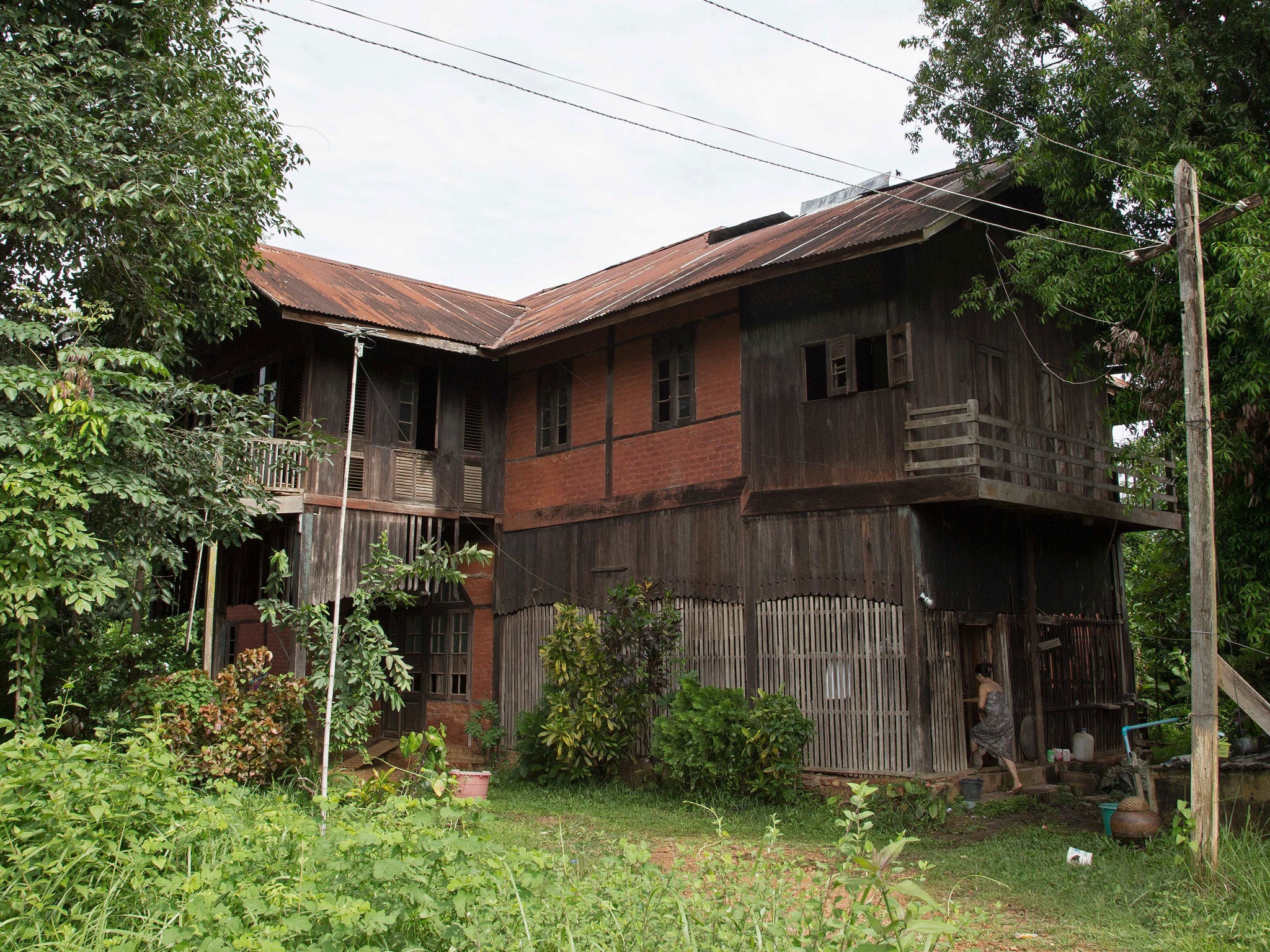Campaigners battle to save George Orwell's 'Burmese Days' home from ruin
Activists say there is a danger to older buildings as tourism increases in Burma

Campaigners in Burma are battling to save a crumbling property that was once home to George Orwell and a place where he drew inspiration for one of his novels.
Activists in the town of Katha, 150 miles north of Mandalay, say Orwell, real name Eric Blair, moved into the two-storey house with its lush garden in the 1920s. The town and its people and, perhaps most importantly, the system of British colonial rule that he witnessed there, inspired his novel Burmese Days.
The campaigners, who include a number of artists, are now trying to save the building and turn it into a museum. “I am trying to do what I can to restore all the buildings in the book and to attract attention to the country and to the town,” artist Nyo Ko Naing told the AFP.
The campaigners want the house and a nearby European country club turned into a museum to protect them from developers who have already destroyed many of the country’s colonial-era properties.
Orwell travelled to Burma in 1922 to work as a police officer. In his novel, which is scathing of British colonial rule, he renamed Katha as Kyauktada, but made little effort to change anything else.
Campaigners say that as Burma increasingly opens up and as more foreign tourists visit, there is a very genuine danger to thousands of older buildings. In Rangoon, the commercial capital, activists have launched a project to list all the colonial-era buildings and secure protection for them.
Among those involved are author and historian Thant Myint-U. In an interview last year, he said: “This is not just about buildings – for me they represent an iconic part of the cityscape. In the last few years we have seen one building after the other fall down.”
Rangoon is a compelling mix of the different cultural influences it has absorbed over the years, all of which are exemplified by its buildings. Within the space of a few streets one can find Buddhist pagodas, mosques, an Armenian church, a British-built court complex and a restored hotel where Orwell stayed in the then capital city.
Nyo Ko Naing, the artist, said the property in Katha, constructed of wood and brick, has been empty for 16 years. The upstairs balconies are too unstable to stand on.
“Orwell took many raw materials for his book Burmese Days from here,” Nyo Ko Naing said. “I think this house and all the other places in Orwell’s book should be turned into a museum. We are trying collectively to maintain and restore everything related to George Orwell, Burmese Days and Katha town as we regard it as a precious legacy.”
Subscribe to Independent Premium to bookmark this article
Want to bookmark your favourite articles and stories to read or reference later? Start your Independent Premium subscription today.

Join our commenting forum
Join thought-provoking conversations, follow other Independent readers and see their replies